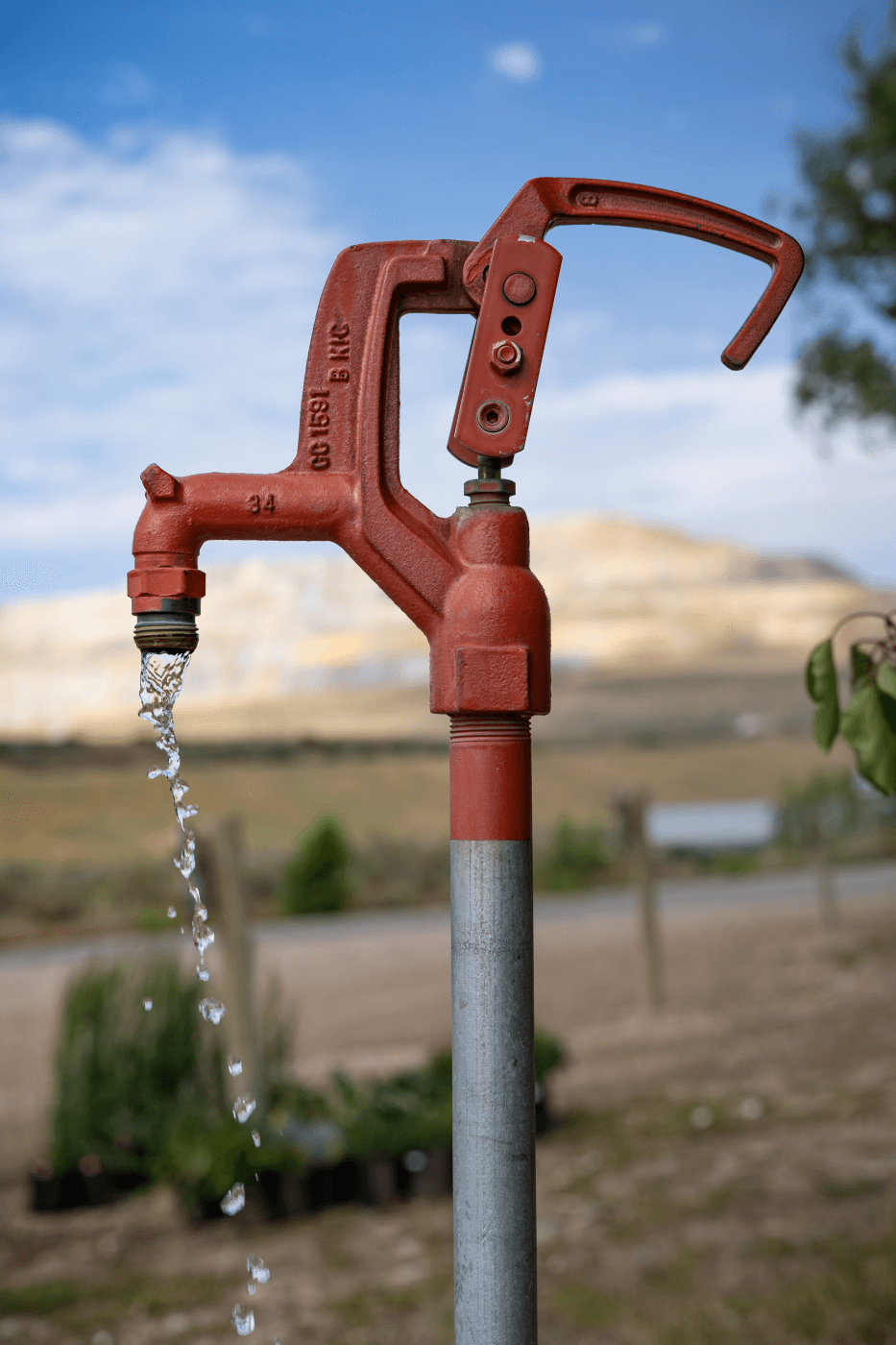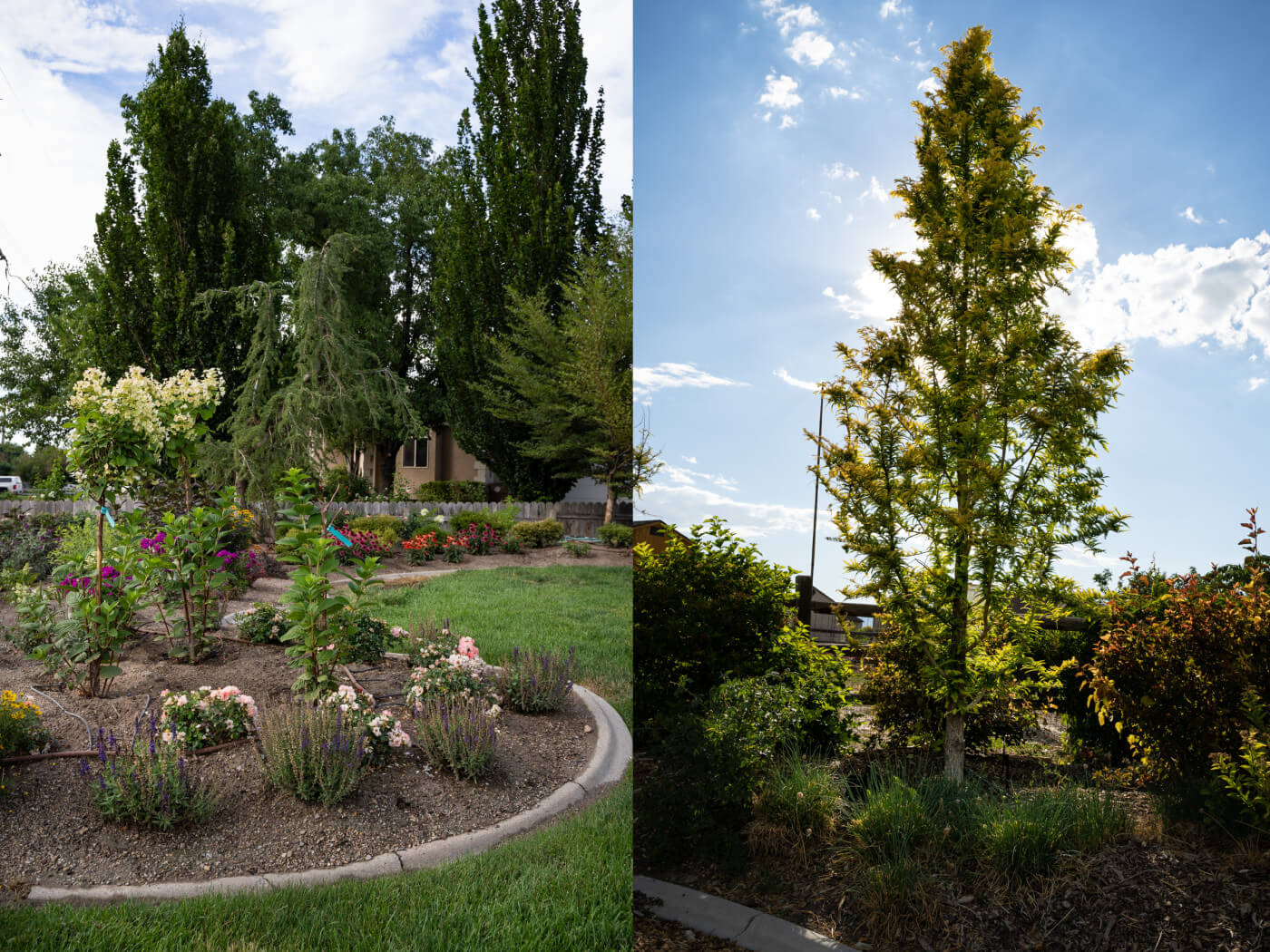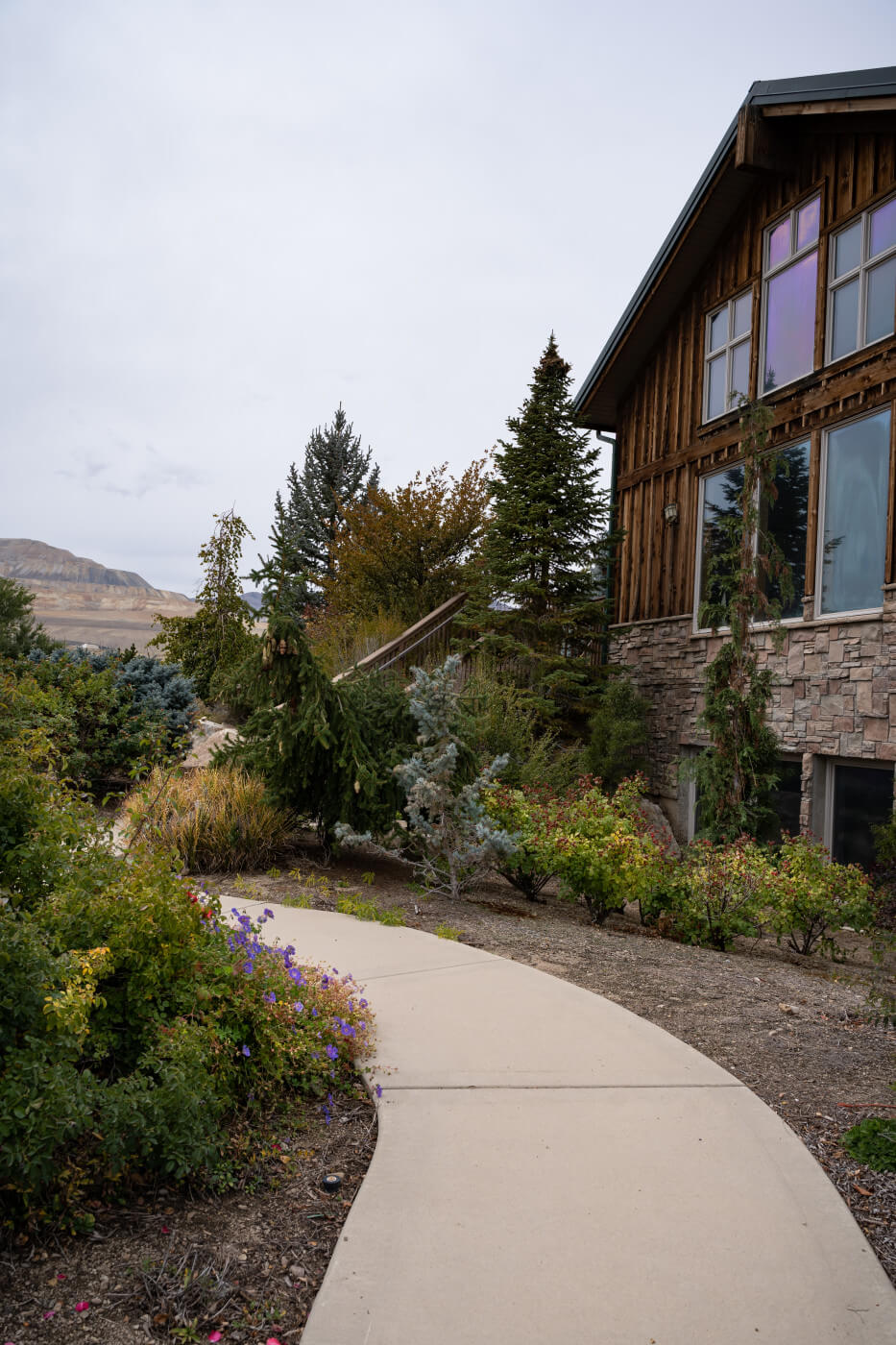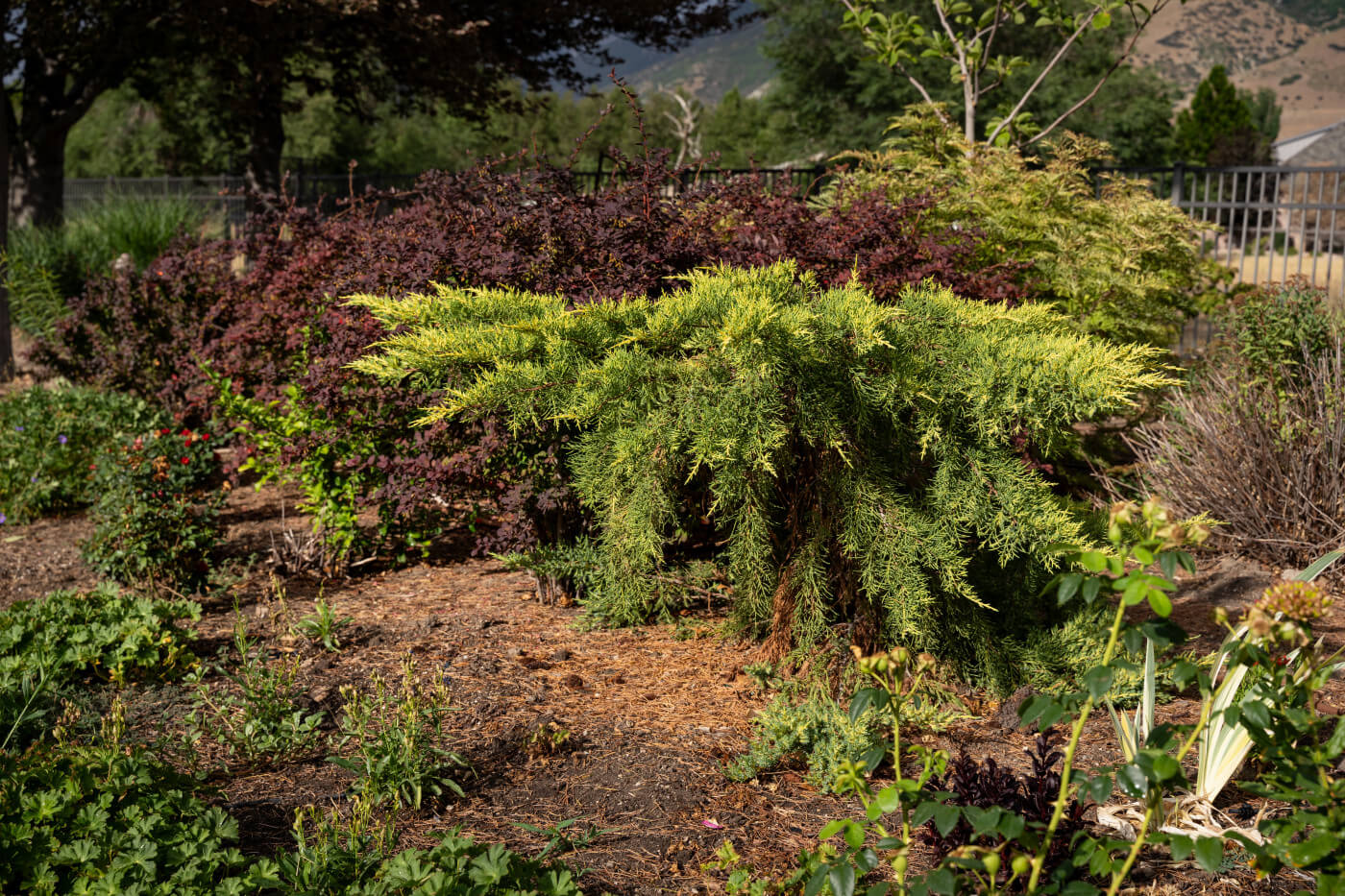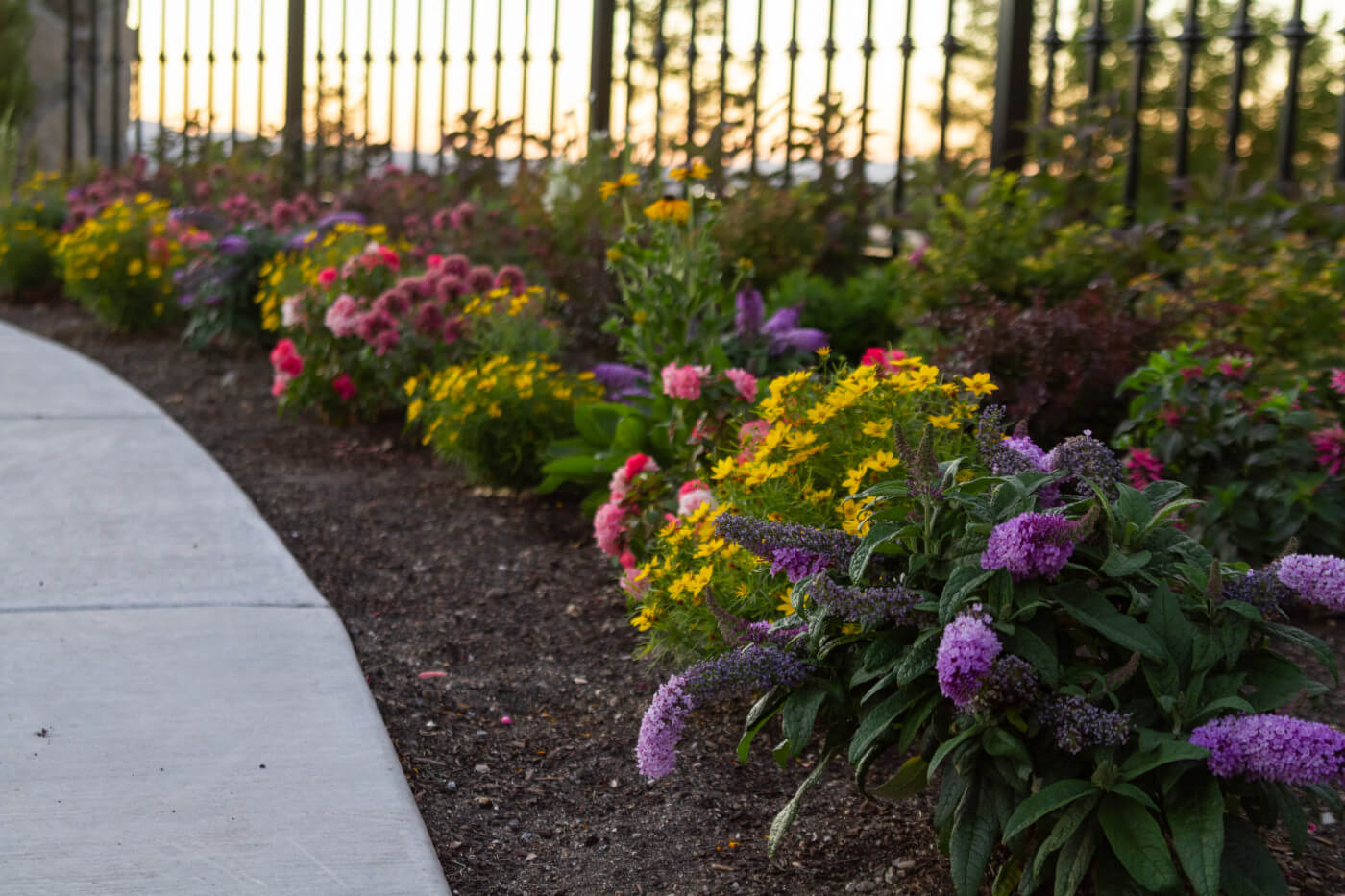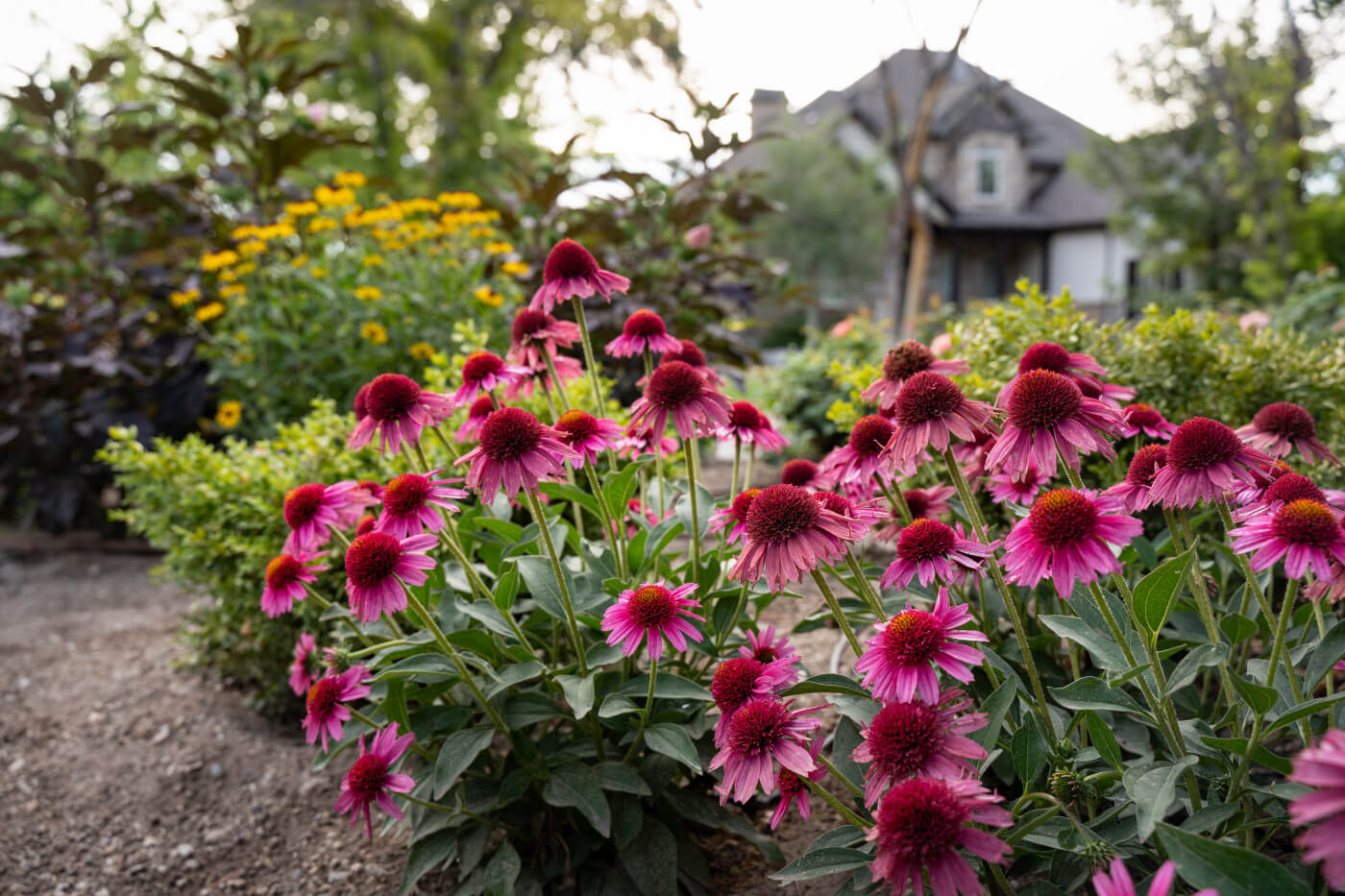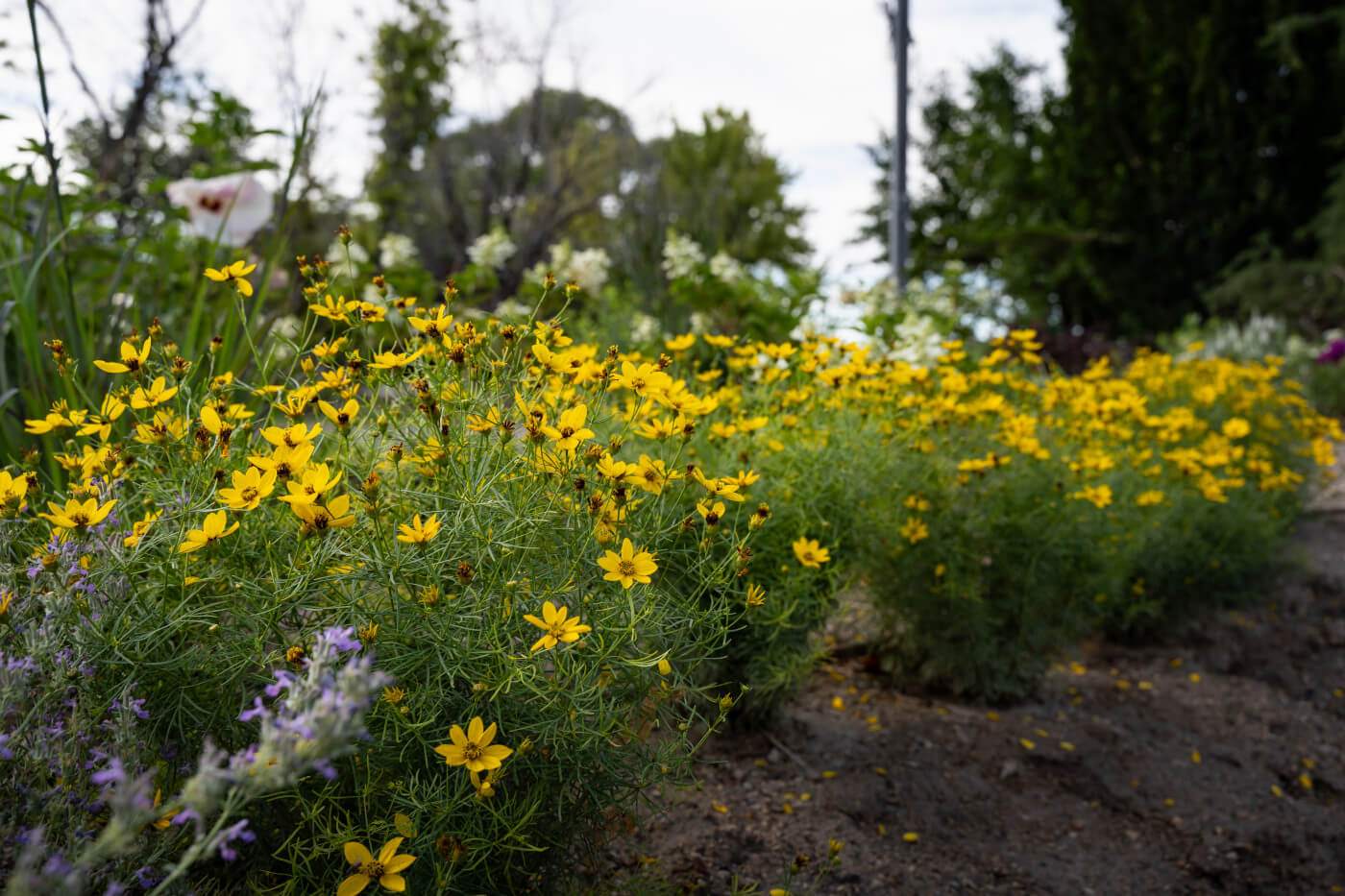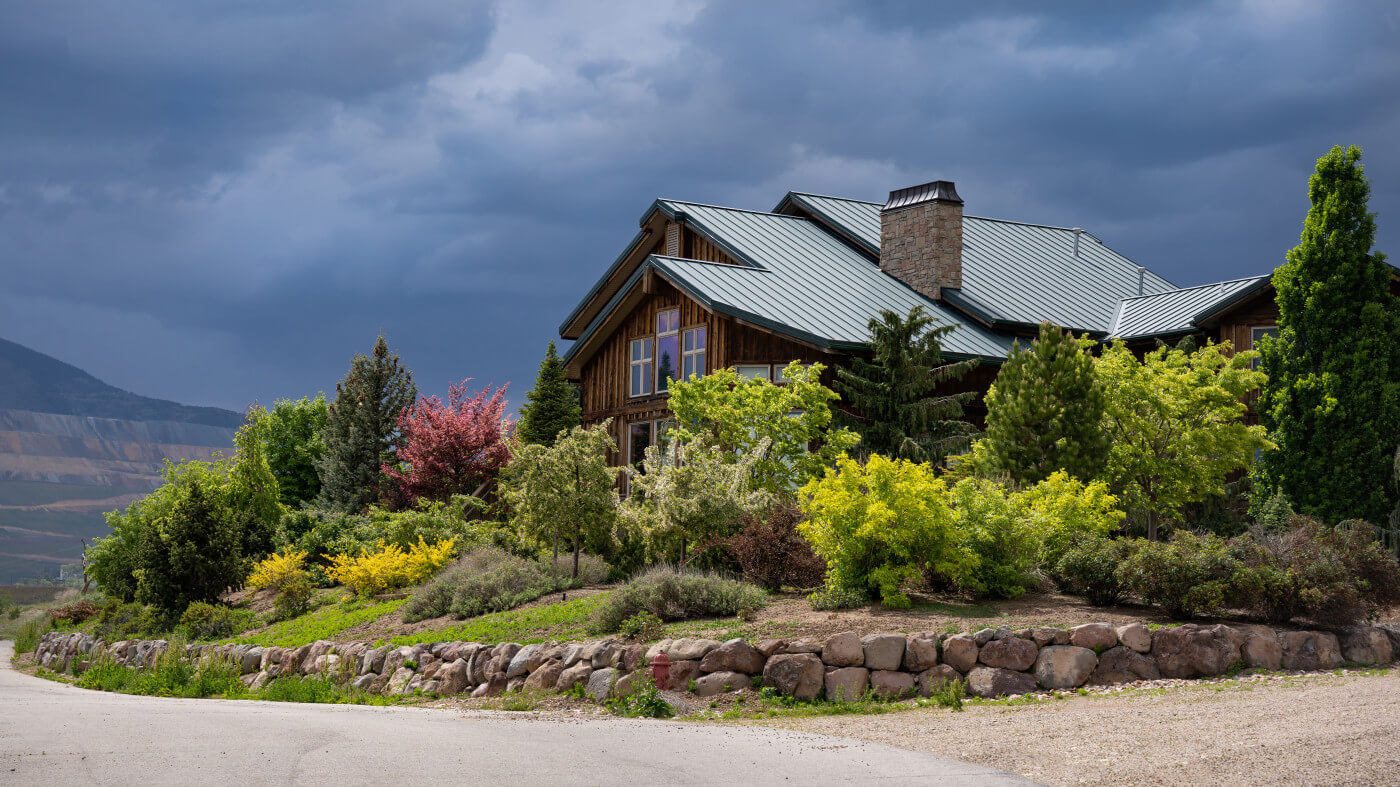Designing a beautiful garden in your landscape can be a little intimidating. We all have our own vision of how we’d like our garden to look, but the challenges lie in the details. What if our plants outgrow their space, don’t grow the way we envision they will, or don’t get along with each other? All of those scenarios happen every day in gardens all around the world. If we simply walk through a garden center, buy things that look cool and toss them together, we usually end up with a garden that looks like we did exactly that.
Designing a successful grow bed is both an art and a science. That’s why well-trained, experienced landscape designers, like the ones you'll find on our website, are worth every penny. It may cost some money up front, but the money you’ll save by having a garden that doesn’t die off every couple of years will be more than worth it. If you'd appreciate a guided approach to your ideal landscape, you really ought to connect with one of our designers today.
That said, this stunning landscape was designed and created completely by the homeowners. It's one of the best examples we've seen of a well-planned landscape. Since good landscape designers are often busy and money is often tight, it doesn't hurt to create a garden on your own. There’s a certain sense of pride we get when we do things ourselves. We suggest that you start driving through neighborhoods and visiting garden parks for inspiration. Take some pictures, ask questions, and look for plants online. Today, we're going to share some tips to help you create that perfectly balanced, eye-catching landscape. This outline cannot replace the knowledge and experience of a landscape designer or architect, but it may be just enough to help you create something extra special.
Know your water source.
One of the most important things to determine from the very beginning is where your irrigation water is sourced. If you are watering your landscape with culinary water, you can plant almost anything in your yard (assuming it is adequately hardy and can tolerate your soil). The same is usually true if your secondary water comes from mountain reservoirs. However, if your secondary water is sourced from Utah Lake, there are a LOT of plants that will not be able to tolerate it. Utah Lake is loaded with dissolved solids that will kill many of your favorite plants. So if you know before you start, we can direct you to plants that can handle that rotten water.
Test your soil.
You can plant without testing your soil, but you may regret it. Many plants are unable to establish themselves in the alkaline clay soil of The Great Basin region. Typically, the closer you get to the Great Salt Lake, the higher the clay content and the more alkaline your soil will be. If you’re in the bench or mountainous areas, your soil will be richer and more loamy. A soil test can tell you a lot about what you should and should not plant in your yard. That's the first step in any good landscape design. Once you know your water source and your soil structure, you can start having fun with plants.
Start with the structure or skeleton of your garden bed.
Trees add height, mass, shape, and weight to your design and determine the look of your yard for years to come. Trees are the most permanent feature of your landscape simply because they tend to live the longest and are usually the most difficult plants to remove. Trees are also the most expensive materials in your landscape. That means you’ll want to give plenty of thought to the trees you select for your space.
Focus on their purpose or function.
What do you want your trees to do? Do you need them to provide shade for your lawn, privacy from neighbors or passers by, block an unsightly view, or draw your eye to focus on mountains or a lake? Do you want them to change color in the fall? Would you like them to bloom in the spring? Do you want a tree that acts as the focal point of your garden with its stunning blooms or colors? Do you mind if it drops its leaves in the fall, or would you prefer an evergreen? (Please note that evergreens still drop leaves and needles.)
Will it fit in your space?
The most common mistakes gardeners make are using plants that outgrow their space, and designing garden beds that are too narrow. Typically, a garden bed narrower than 6 feet is not going to give you adequate space for a well-planned garden. Plants that grow too large crowd out the other plants that you place around them in the bed and encroach on fences and walkways. Eventually, you’ll be left with three choices, you will either need to prune them constantly, expand the size of your garden bed, or replace your overgrown plants with more appropriately sized plant material. As you select trees for your planter bed, be sure to plan for their mature size. Make sure you have the space for their width as well as their height.
What about shape?
Trees come in many shapes; large and broad, tall and columnar, conical, vase shaped, and weeping. Some trees are exceptionally unique, as though they were ripped from the pages of a Dr. Seuss book. Once you determine the size and shape of your garden beds and where you want your trees, you can decide which characteristics will best suit your space and personal preferences.
Finish off the structure with shrubs.
Trees provide the height in your garden bed and much of the weight, but shrubs fill in the rest of the structure. They grow well as understory plants, filling gaps and giving your eye a place to travel between the heights of the trees and the ground. Shrubs help soften or round out the shapes in your garden. Shrubs also have shape and form. They can be round, columnar, or free-flowing. Remember, also, that as you group your shrubs, they will create a new shape altogether. Many shrubs and bushes can even be pruned to hold a specific shape such as hedges or topiaries.
Color is critical.
Shrubs are available in various colors. They often produce beautiful, fragrant flowers, but don’t forget to plan for the color of their foliage. Foliage will last longer than the blooms, so you can actually create a very colorful garden with foliage alone. As you plan the colors for your garden bed, consider planting masses of color. You don’t need to plant several of the same exact shrub, but if you combine shrubs with similar colors of leaves or blooms, you will create color patches that are very pleasing to the eye, especially from the curb.
Consider how the colors of your foliage or flowers will blend with each other. You may want to design for contrast, darks and lights, or use contrasting colors that are opposite each other on the color wheel. You may want to create a monotone garden with whites and silvers or shades of yellow. Analogous colors are near each other on the color wheel and look amazing when they’re planted together. Or you may, instead, choose to simply focus on colors that lift your spirit, or plant patches of several colors throughout your yard to create a chakra garden. It’s completely up to you.
Consider bloom times.
Complementary or analogous colors that bloom at the same time can be planted next to each other for a powerful effect. Or if you have similar colors that bloom at different seasons, you can plant them in the same bed for more continuous color in your landscape.
Layers are key.
Give shrubs plenty of room to grow. Planting beds that are 6 feet deep or deeper are ideal. Plant your tallest plants in the back of planting beds that you will see from one direction and in the middle of planting beds that you will view from multiple directions. Planting in layers from shortest to tallest allows you to see and enjoy all of the plants in your garden. Layering your plantings also allows plants to get the sunlight that they need to grow. Planting in layers actually mimics what you see in nature because shorter plants struggle when they’re overrun by taller plants, eventually giving way to the larger species, but they thrive on the edges of the thicket.
Cover the feet.
Many shrubs, particularly columnar varieties, have what we call unattractive feet. They look great from the top to below the mid-section, but then they start looking a little twiggy. Planting in layers helps to cover those less-than-perfect bits. That’s where perennial plants shine!
Use perennials and ornamental grasses to fill the gaps and create color patches.
Perennial plants and grasses are ideal because they come back year after year and usually offer attractive foliage and flowers. They’re a great way to fill in the remaining spaces in our garden bed. These plants tend to be smaller than shrubs but not always. Some grasses can reach more than 8 feet tall. Check the mature size of your perennial plants before you purchase. Perennials and grasses help add color and texture to your landscape. If you plant your perennials and grasses densely enough, you can significantly reduce weeds in your garden. Grasses tend to require less maintenance than perennial plants, so if you want to keep things extra easy, use more grasses.
Plant in groups
Plants make a bigger statement and are more impressive in groupings of odd numbers rather than as individual plants. Even the healthiest plants look thin and lonely by themselves. If you really want to make a statement, plant in groups. The only exception to this rule is if you are using a plant as a point of interest in the garden. Perhaps you want to draw your attention to a stunning tree, or hydrangea. In that case, you would have one strategically placed in your garden.
Prioritize water and sunlight requirements.
As you group your plants together, make sure that you are combining plants with similar water and light requirements. This way you can water the whole section and make all of the plants happy, rather than trying to personalize your water for each individual plant. As you search plants in our online catalog, you can easily see their mature size, light and water requirements, and more. Better yet, you can use our Garden Planner Tool and filter out plants based on light exposure, water use, height, width, color, deer resistance, and many other features! And if you find plants you love that aren't currently available, you can add them to your wait list and we'll contact you when they're ready.
We know you can design a wonderful escape just outside your door, and we're excited to help. If you ever have questions, we're here all year long to encourage you and keep you motivated. Good luck with your next big project! Happy gardening!



